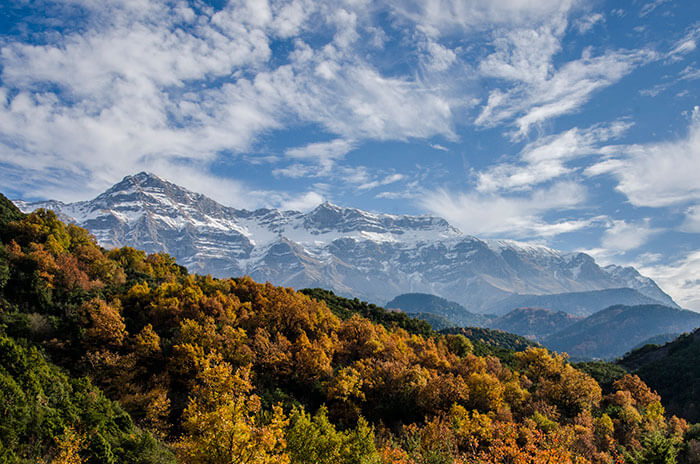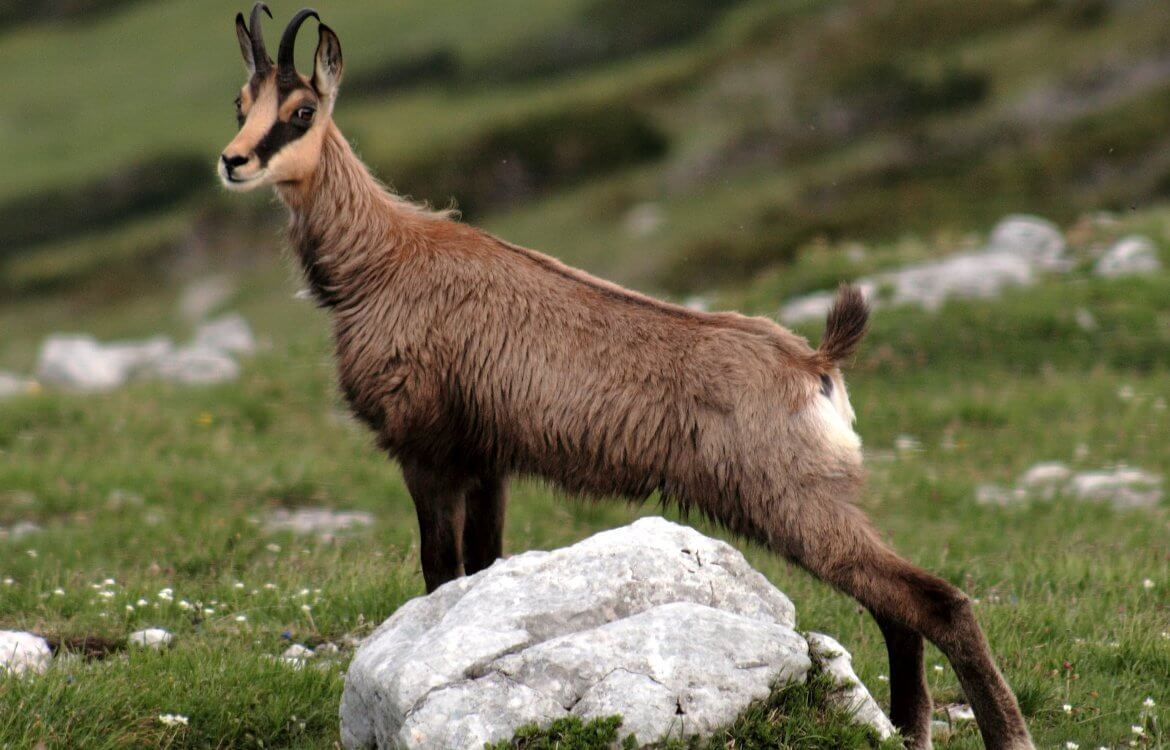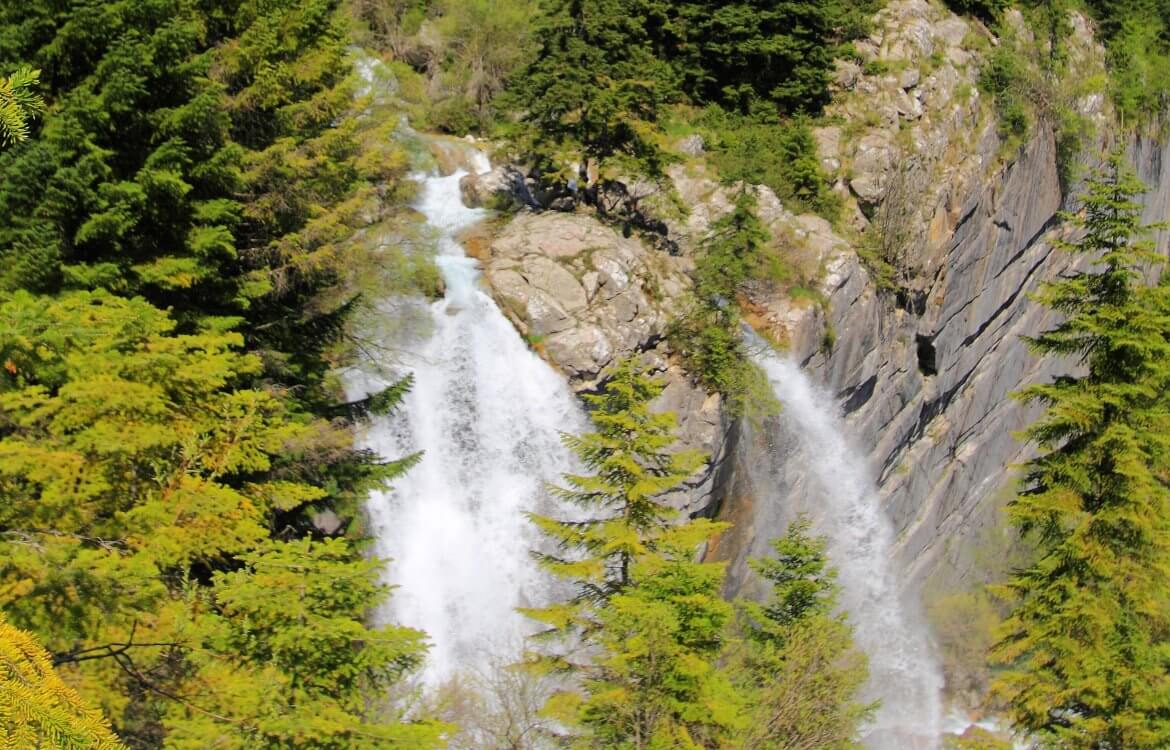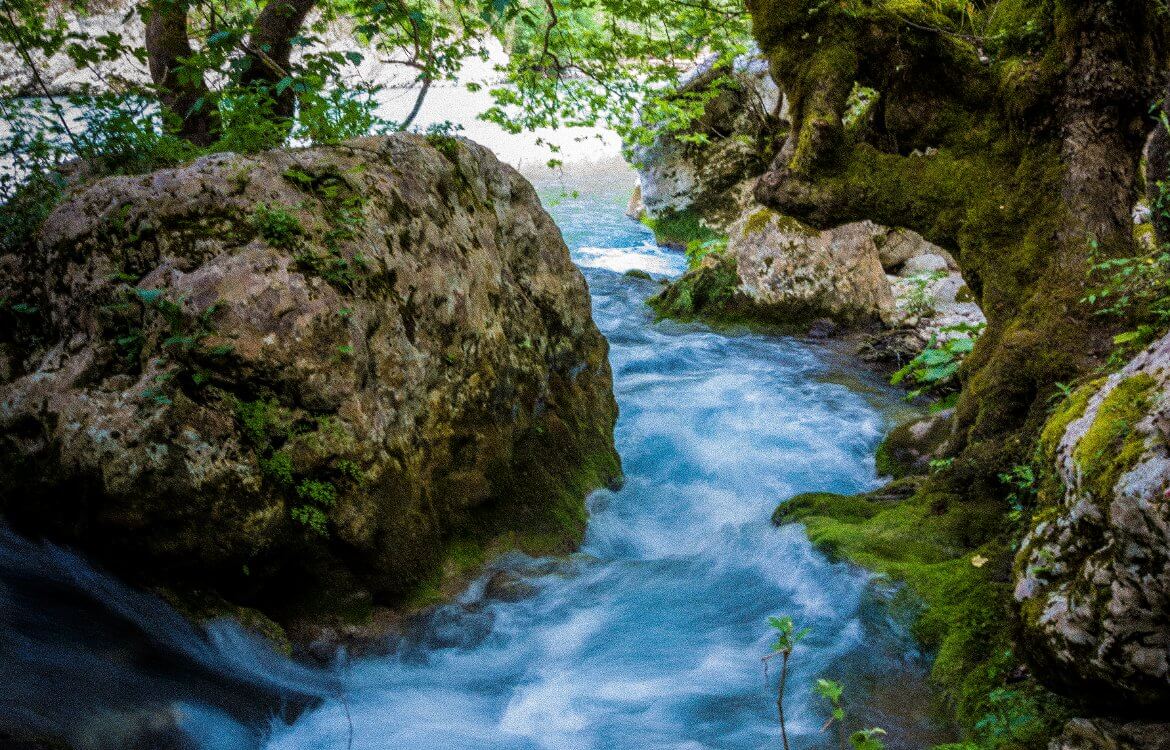THE HISTORY OF TZOUMERKA
The villages of North Tzoumerka are situated on Central Pindus, between the rivers of Arachtos and Aspropotamos (Acheloos). Tzoumerka serve as the natural boundary between Epirus and Thessalia, while they are also known as Athamanika mountains.
Name origin
The name Tzoumerka seems to be of Vlach origin, as “tzoum” in the language of Vlachs means the “steep peak”. The name Athamanika mountains owes its origin to the king of Orhomenos (in Viotia), Athamas. He is said to have found shelter at the region after having been chased by his subjects. The locals proclaimed him their king. Athamas unified all the settlements of the area into the kingdom of Athamanon.

The ancient Athamania
The most important towns of ancient Athamania were Argothea (its capital), Theodoria and Avatos. The locals worshipped Zeus, Apollo, Athena, Artemis, Aeolus and the deified hero Arachtos. Their coins of that era depicted Dioni (a greek deity) and Athena holding owls.
During the Revolution
During this period huge battles took place between the forces of the sultan and the Greek revolutionaries. The most important were those at Plaka’s bridge, at Afti of Melissourgi and at Stavros of Theodoriana. Many famous heroes of the Greek Revolution participated there such as: G. Bakolas, M. Botsaris, G. Karaiskakis and more.
Modern times
The region is not included within the borders of the first independent greek state. After the unsuccessful revolutions of 1854 and 1878, finally in 1881 with the outcome of the Berlin congress a big part of the region was annexed to the Greek state. A part of Arachtos river and its tributary Kalaritikos serve as the boundaries between Greece and Turkey. The whole of the region became independent during the Balkan wars in 1912-1913.
Locals Occupations
Two were the main occupations of the locals: stock raisers and builders. Some other occupations were that of shoe-repairer, tinker and mule-driver.
NATIONAL PARK OF TZOUMERKA
The National Park of Tzoumerka, Peristeri and Arachtos Gorge is an open land area of approximately 820 km2.
Its main aim of foundation is the preservation of natural and cultural heritage, as well as that of the wild life, along with the development of activities, so that all the features of the protected area ( natural, historical and cultural) remain intact for future generations.
Within the National Park an extended area is already being protected under the existing national and European legislation, since three sub-areas have already been integrated in the European Ecological Network “Natura 2000”.
The diversity of the region’s climate, combined with the significant differences of altitude and the intense alternation of geomorphology and terrain favor the growth of remarkable, rich and, in some cases, rare flora and fauna. The forests, with their change of color according to the season, attach an exceptional beauty to the landscape. The local fauna is of particular interest as well, since it hosts some rare and protected species, such as the wolf, the bear, the wild goat, the eagle, the deer, the fox etc.
 EN
EN EL
EL




